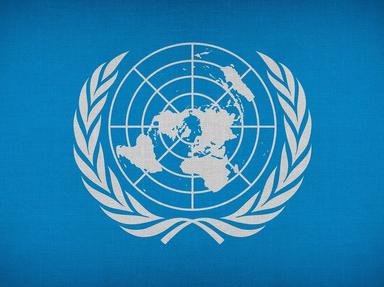Quiz Answer Key and Fun Facts
1. On June 26, 1945, how many nations were present at the summit in California to sign the Charter?
2. A diplomat from what nation became the first Secretary General of the UN in 1946?
3. In 1948, what operation was established by the UN?
4. In 1950, the UN Command (UNC) established a multinational military to handle which conflict?
5. In 1955, what European nation became the 70th member state after the Four Powers (the U.S., the U.K., France and Soviet Union) signed the treaty to end its occupation?
6. In 1960, the UN witnessed the largest increase in membership of 17 in a single year. 16 of 17 member states came from what region?
7. In 1961, Dag Hammerskjold, the second UN General Secretary was killed in plane crash en route to ceasefire negotiation over what crisis?
8. In 1961, what nation's diplomat succeeded Dag Hammerskjold as the third UN General Secretary?
9. In 1962, the UN faced a critical nuclear challenge in what country?
10. In 1965, the UN Security Council's membership was increased from 11 to how many?
Source: Author
sw11
This quiz was reviewed by FunTrivia editor
trident before going online.
Any errors found in FunTrivia content are routinely corrected through our feedback system.

